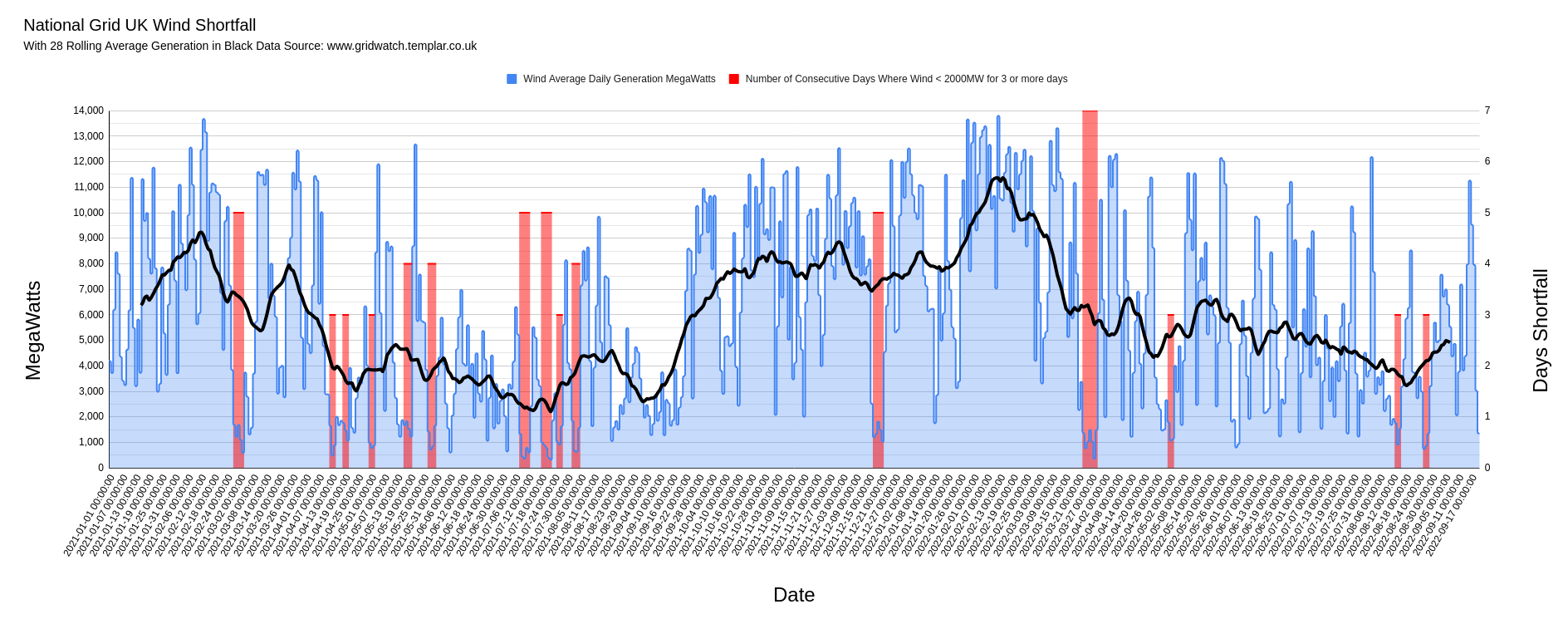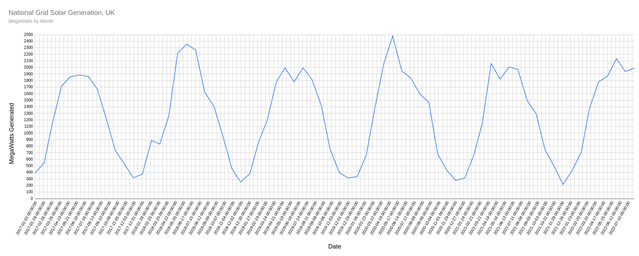I'd noticed recently on www.gridwatch.templar.co.uk/ that gas-fired generation had been surprisingly flat - normally it seems to be the first choice for responding to changes in demand after the renewables have done what they can - usually increasing in a morning as demand increases, then dipping as solar generates more during the middle of the day and then increasing again for the late afternoon/evening peak. Recently though it seems to almost flat-lining at around 15GW all day every day (other than early Sunday morning).
My guess was that we were running gas flat out and exporting the extra to the continent to make up for their shortfall due lack of generation from Russian gas ... but it sounds like they're having a lot more problems than I anticipated: https://www.bbc.co.uk/news/science-environment-62524551 (not just drought as the story title implies, but serious corrosion problems with many Nuclear plants too).
- Andy.


